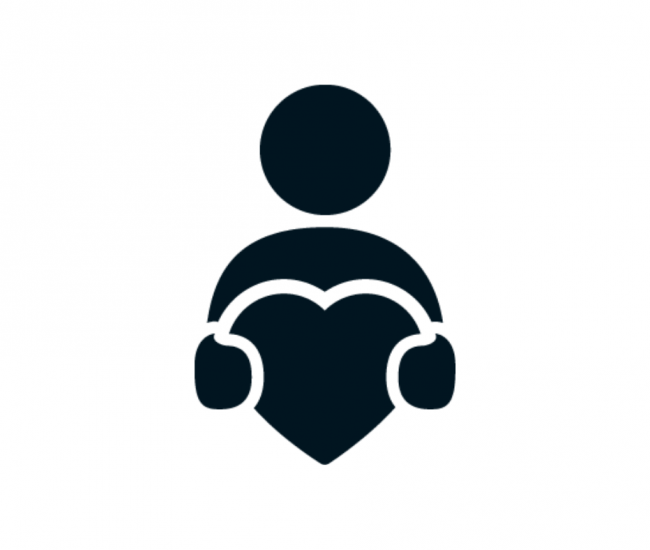Did you know that almost everyone, everywhere, probably has two ordinary, inexpensive items that can boost their mental health?
A pen and paper.
Journaling requires very little in the way of supplies, but the benefits can be significant.

Anita Manley first tried journaling in 1997 after her psychiatrist recommended it to her, and she’s been journaling ever since. Manley used that experience to help create a journaling group at The Royal, and for the past seven years she has been co-facilitating that group on a volunteer basis.
The group was recently reinvented as a five-week virtual workshop called “Journaling as a Wellness Tool” in partnership with the Ottawa Birth and Wellness Centre, which started in April. (Read more about the partnership between The Royal and the OBWC right here.)
Manley is quick to recommend journaling as a mental health tool, especially during challenging times. And you don’t need to part of a journaling group to reap the benefits.
“Whenever I’m suffering mentally, I journal,” she says. “It’s like having a best friend that doesn’t share any of your secrets and keeps everything in its place.”
A journal is a safe space, where the author gets to set the tone, the pace, and the guidelines.
“You can get angry, you can repeat your story over and over, use swear words, or use capital letters. And it doesn’t talk back,” she describes.
If troubled relationships are a source of conflict, a journal is a way to keep track. Journal writers can look back and see how situations have resolved themselves, and help find perspective.
There is also the catharsis that comes with clearing out the cobwebs and committing worries to a blank page. By writing down our feelings, we are in a better position to process and reflect upon them.
“When you get it down on paper it’s out of your head and you can free up brain space for other things,” says Manley. “It really does help.”
If longform entries about your feelings aren’t your style, consider keeping a gratitude journal instead. Research shows it’s a way to boost happiness. Every day, take a few minutes to list two or three things that made you feel grateful. Whether it’s clean sheets on the bed, a pretty sunset, or a video call with a family member, counting our blessings and spending some time thinking about them can be very effective way to improve our sense of well being.
Keeping a journal might help us sleep better at night too. Dr. Elliott Lee, a sleep specialist at The Royal, recommends a cognitive technique called “worry time.” It involves taking 20 to 30 minutes every evening to jot down worries and to-do lists. After you’ve done so, tell yourself you are not allowed to think about these things until the next worry time. If done consistently, this can help train the brain so it doesn’t sabotage sleep at night.
Although Manley embraces both traditional and modern methods when it comes to journaling (both longhand with pen and paper, and online in a blog format), she recommends beginners treat themselves to a new pen with good “flow” and checking out the dollar store for inexpensive notebooks.
She has some simple advice for anyone who might be hesitant to try journaling: Just start writing.
“You don’t need any writing experience whatsoever,” says Manley. “Don’t worry about grammar or punctuation. Just keep writing. And if you can’t think about what to write, just say ‘I can’t think about what to write right now.’ Eventually something will come to you.”

